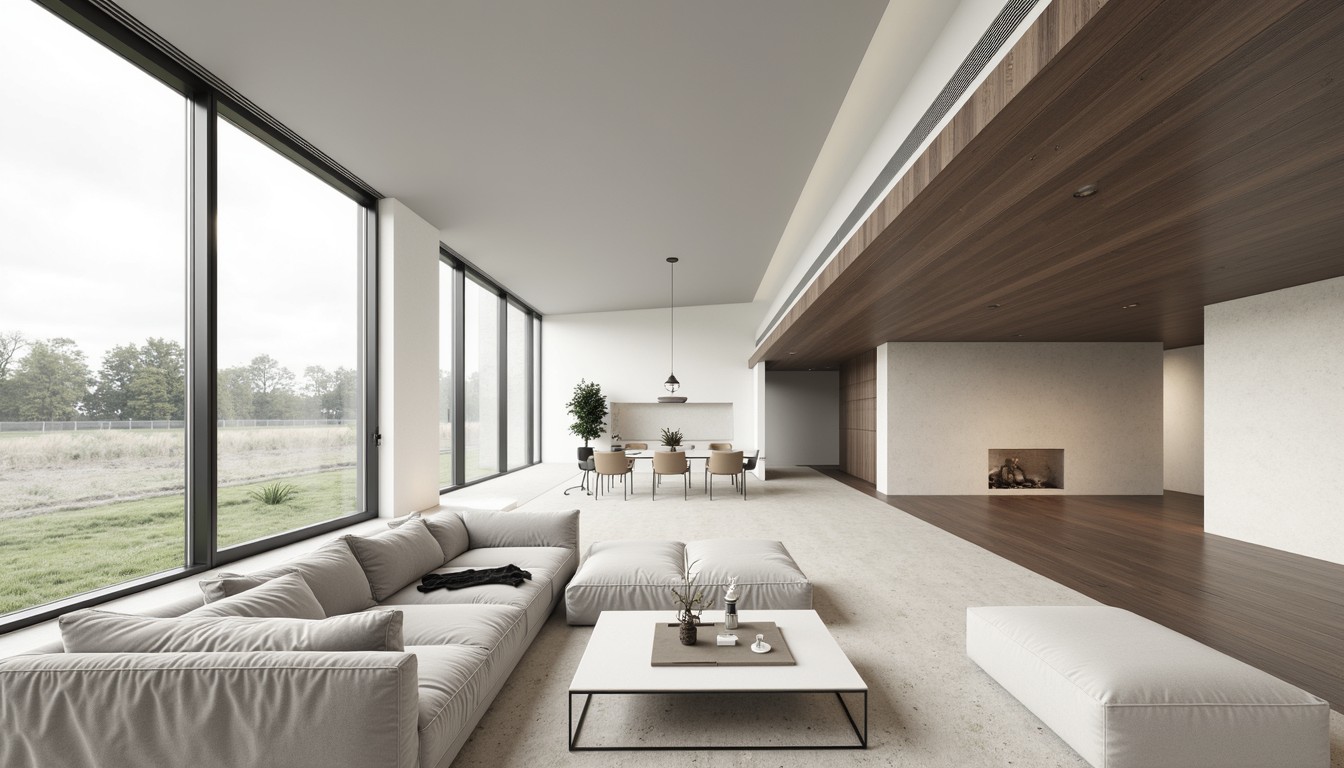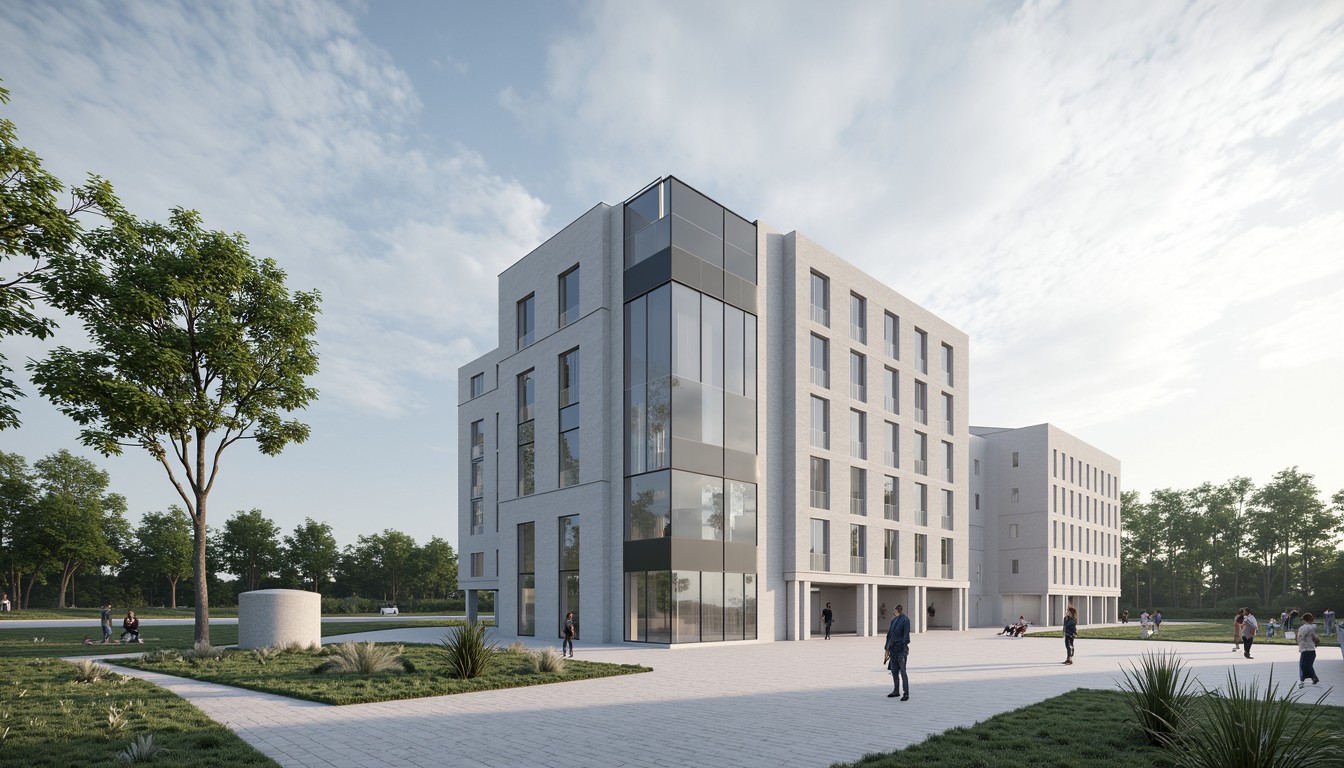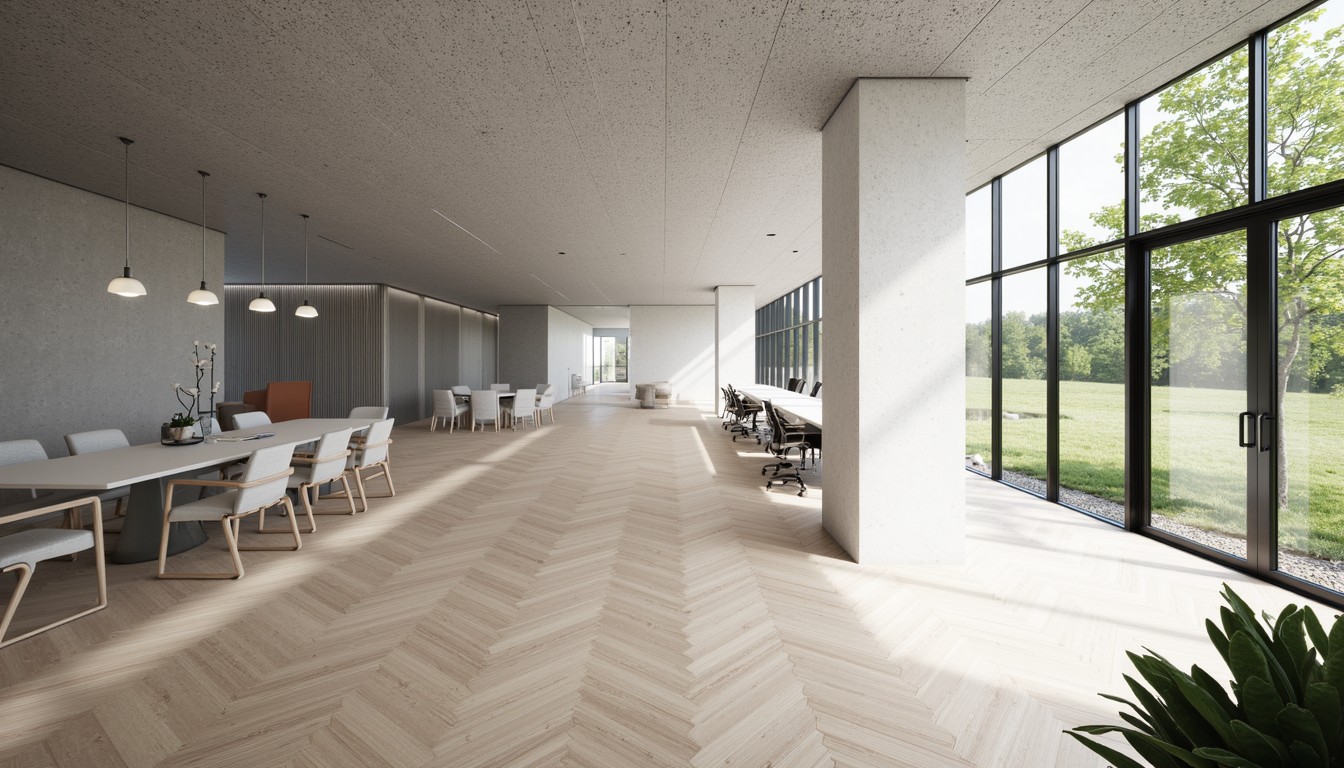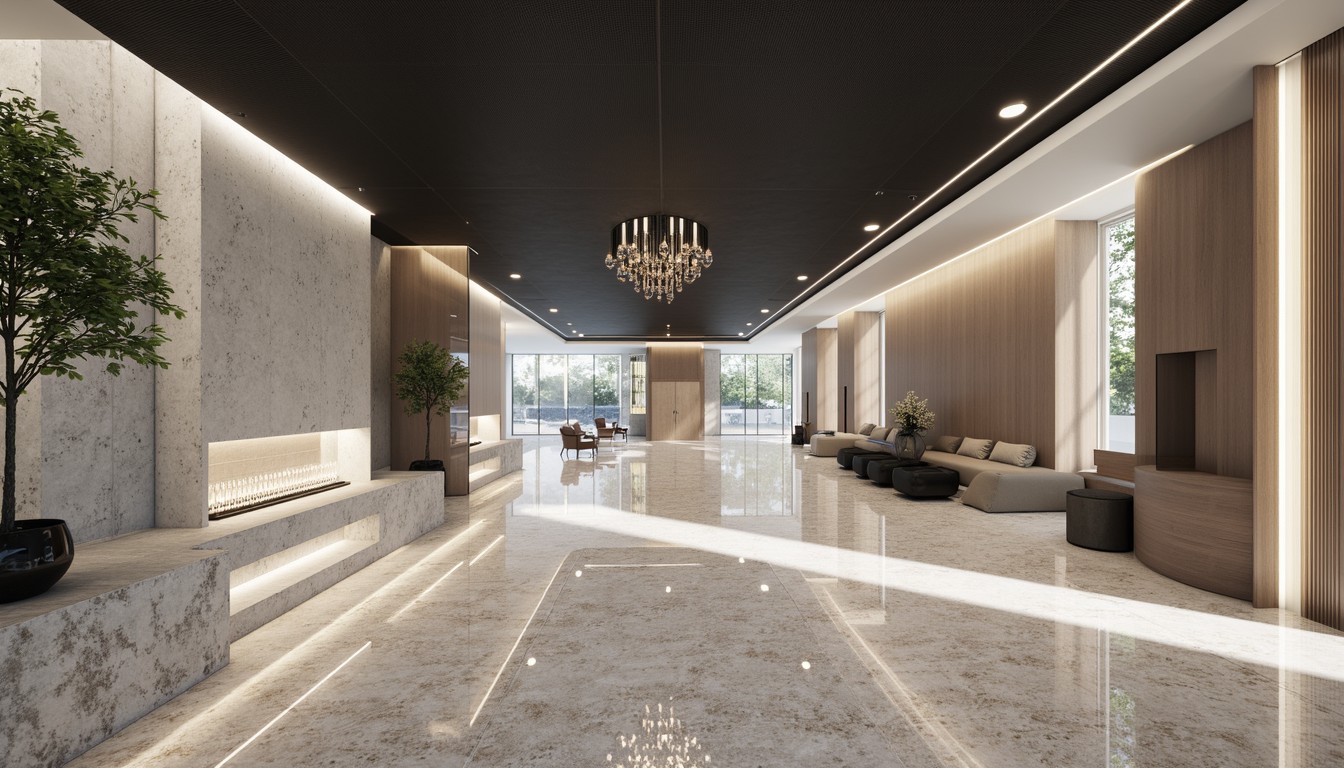3D Printing in Construction: Building the Future
The construction industry, known for its traditional methods and slow pace of innovation, is experiencing a seismic shift thanks to the advent of 3D printing. No longer a futuristic fantasy, 3D printing technology is rapidly transforming how we design, build, and even inhabit structures. From creating intricate architectural details to constructing entire buildings, this groundbreaking technology offers unprecedented possibilities and challenges the very definition of construction.
The Rise of Additive Manufacturing in Construction

Additive manufacturing, or 3D printing, in construction involves depositing layers of material – concrete, mortar, plastic, or even specialized composites – to create three-dimensional objects. This differs significantly from subtractive manufacturing, where material is removed to shape a product. This process allows for unparalleled design freedom, enabling architects and engineers to realize previously unimaginable structures. The technology is particularly well-suited for creating complex geometries, customized elements, and intricate designs that would be nearly impossible or prohibitively expensive using conventional methods.
Types of 3D Printing in Construction
Several 3D printing techniques are being employed in construction, each with its own advantages and limitations:
- Binder Jetting: This method uses a binder to join together granular materials like sand or cement powder, creating a solid object layer by layer.
- Extrusion-based 3D Printing: A nozzle extrudes a continuous stream of material, building the structure layer upon layer. This is commonly used with concrete and specialized polymer-based materials.
- Vat Polymerization: This technique utilizes a vat of liquid resin that is cured using ultraviolet light, layer by layer, to create highly detailed and intricate structures.
Advantages of 3D Printed Construction

The benefits of adopting 3D printing in construction are numerous and far-reaching:
- Increased Speed and Efficiency: 3D printing significantly reduces construction time, allowing for faster project completion and quicker occupancy.
- Reduced Labor Costs: Automation inherent in 3D printing reduces the reliance on manual labor, leading to lower labor costs and improved safety.
- Enhanced Design Flexibility: Architects can explore complex and organic forms previously unattainable with traditional construction methods, fostering creativity and innovation.
- Minimized Waste: 3D printing uses only the necessary material, reducing waste and contributing to sustainable construction practices.
- Improved Sustainability: The ability to use recycled materials and minimize waste makes 3D printing a more environmentally friendly approach to construction.
- Cost-Effectiveness (in specific applications): While initial investment can be high, 3D printing can prove cost-effective for certain projects, especially those involving repetitive elements or complex geometries.
Real-World Applications and Case Studies
The applications of 3D printing in construction are expanding rapidly. We are already witnessing its use in:
- Residential Buildings: Entire homes and apartment buildings are being 3D printed, demonstrating the scalability of the technology.
- Infrastructure Projects: Bridges, retaining walls, and other infrastructure elements are being created using 3D printing, showcasing its versatility.
- Architectural Details: Intricate facades, decorative elements, and customized features are being 3D printed, adding unique aesthetic value to buildings.
- Disaster Relief: 3D printing offers rapid deployment of shelters and temporary housing in disaster-stricken areas.
Notable examples include ICON's 3D-printed homes andApis Cor's construction of a 3D-printed office building. These projects highlight the potential of 3D printing to revolutionize the construction industry.
Challenges and Future Directions

Despite its immense potential, 3D printing in construction faces several challenges:
- High Initial Investment: The cost of 3D printing equipment can be substantial, presenting a barrier to entry for smaller companies.
- Material Limitations: The range of printable materials is still evolving, limiting design choices in some cases.
- Scalability and Logistics: Scaling up 3D printing for large-scale projects requires careful planning and logistical management.
- Regulatory Hurdles: Building codes and regulations may need to be updated to accommodate 3D-printed structures.
- Skilled Workforce: A skilled workforce is needed to operate and maintain 3D printing equipment and to integrate the technology into existing construction workflows.
Future directions include developing new materials with enhanced properties, improving printing speeds and scalability, and integrating 3D printing with other construction technologies like robotics and AI.
ArchNav: Your Partner in Visualizing the Future of Construction
At ArchNav, we understand the transformative power of 3D printing in construction. Our cutting-edge architectural visualization services help you explore the design possibilities and communicate the benefits of this innovative technology to clients and stakeholders. We create stunning visuals that bring your 3D-printed architectural visions to life, allowing you to showcase the unique features and benefits of your projects. Let ArchNav be your partner in shaping the future of building.
